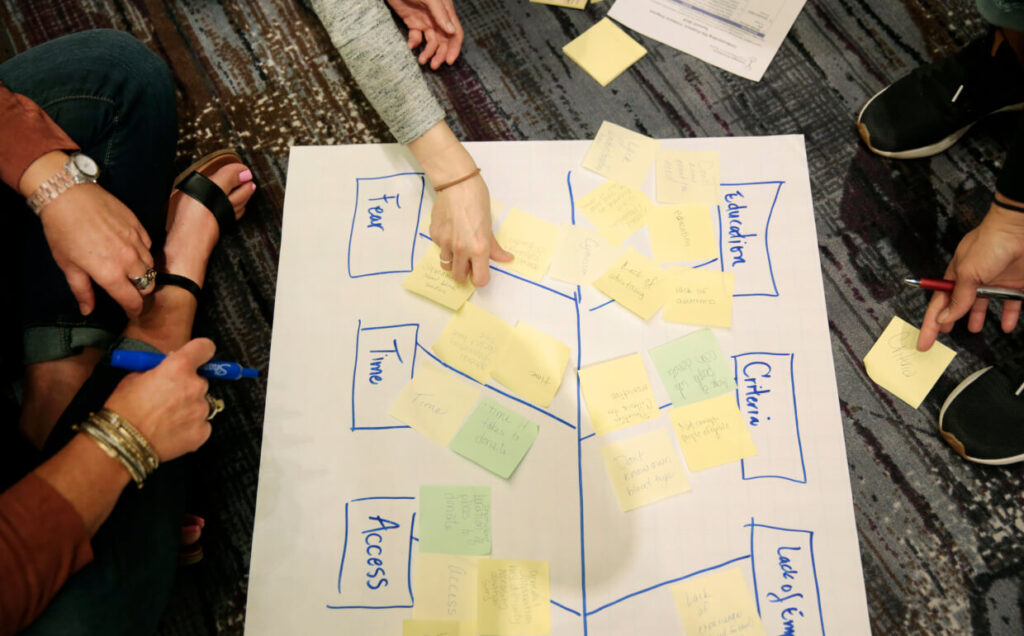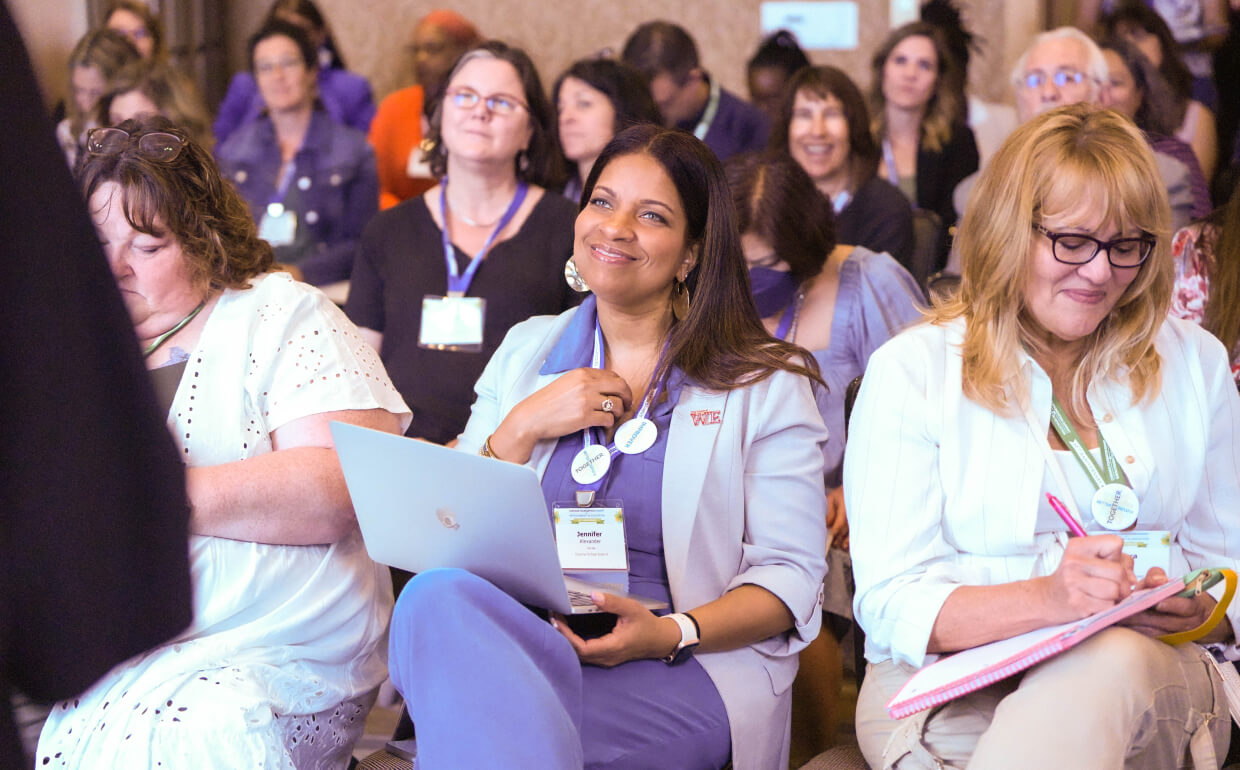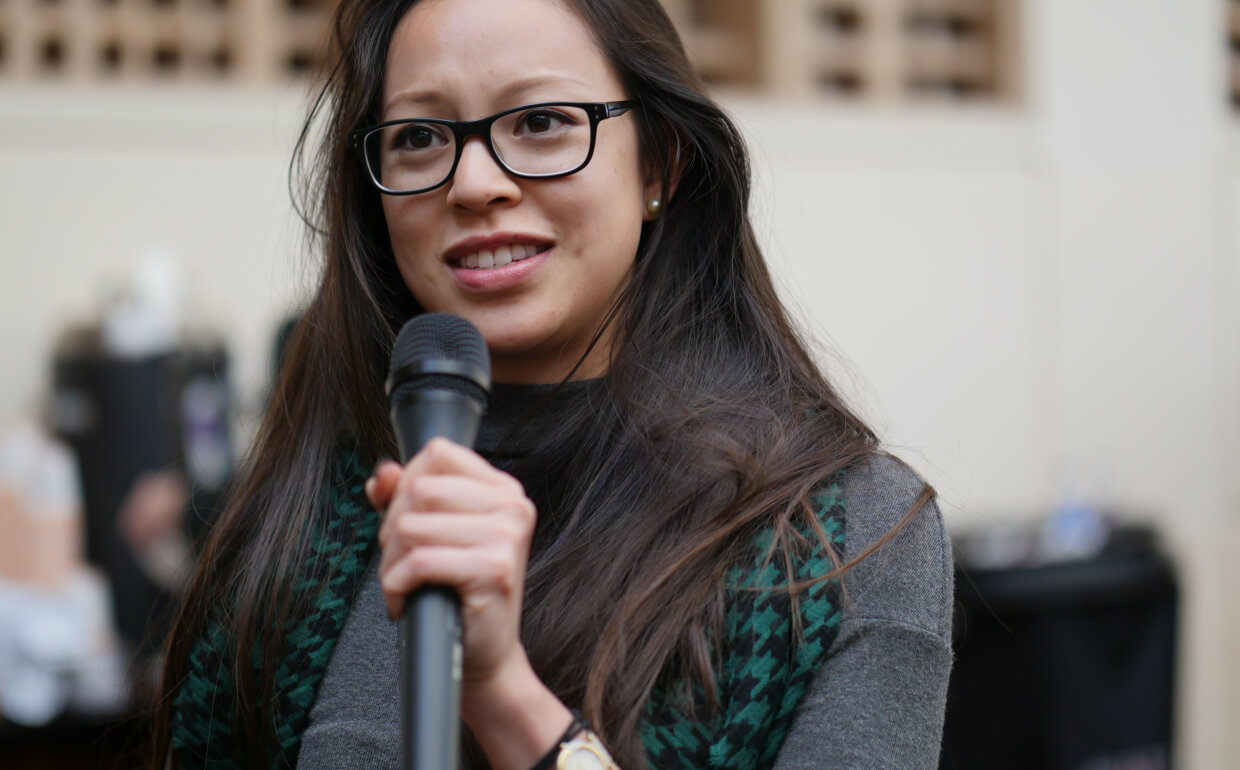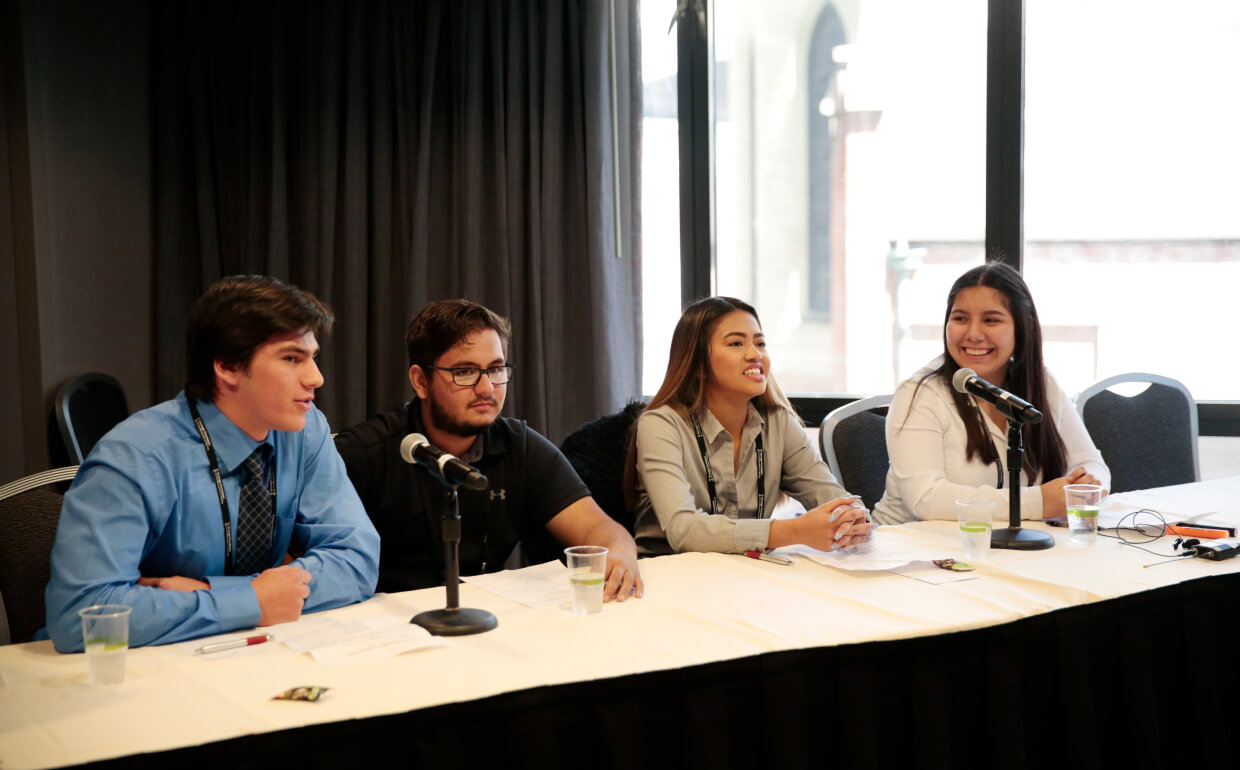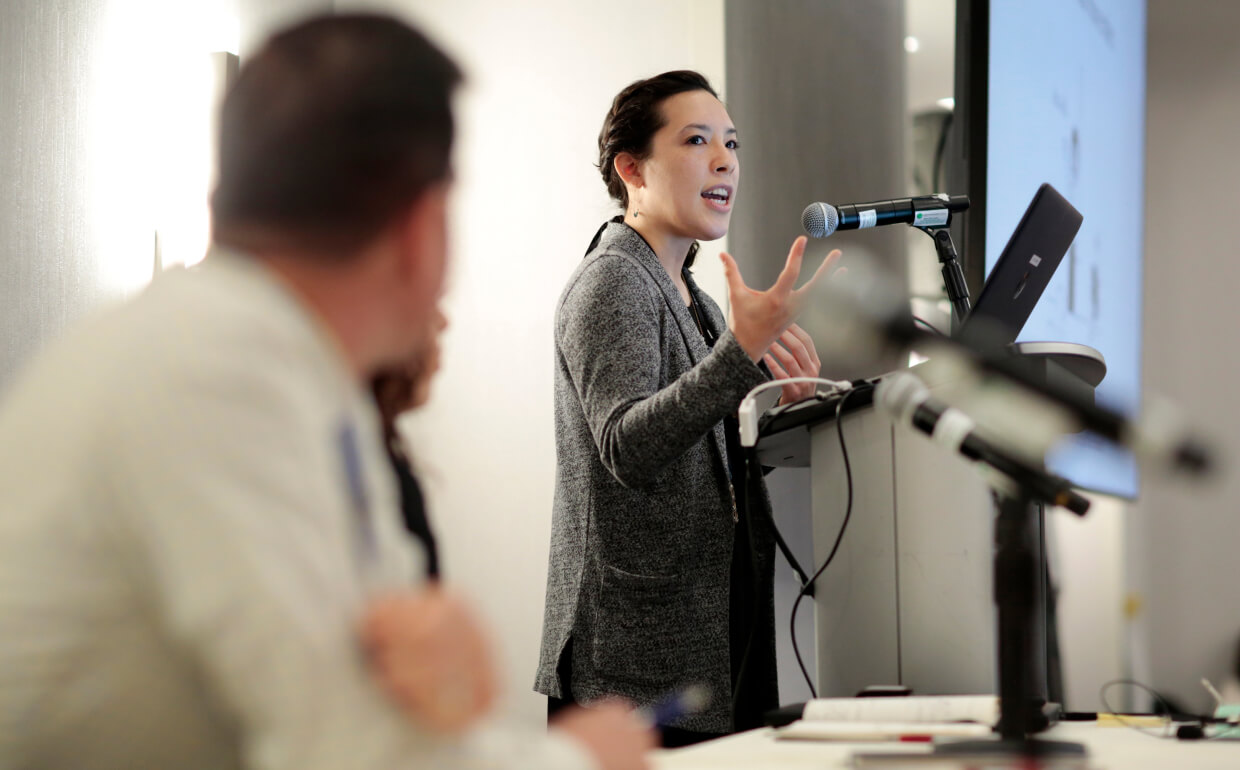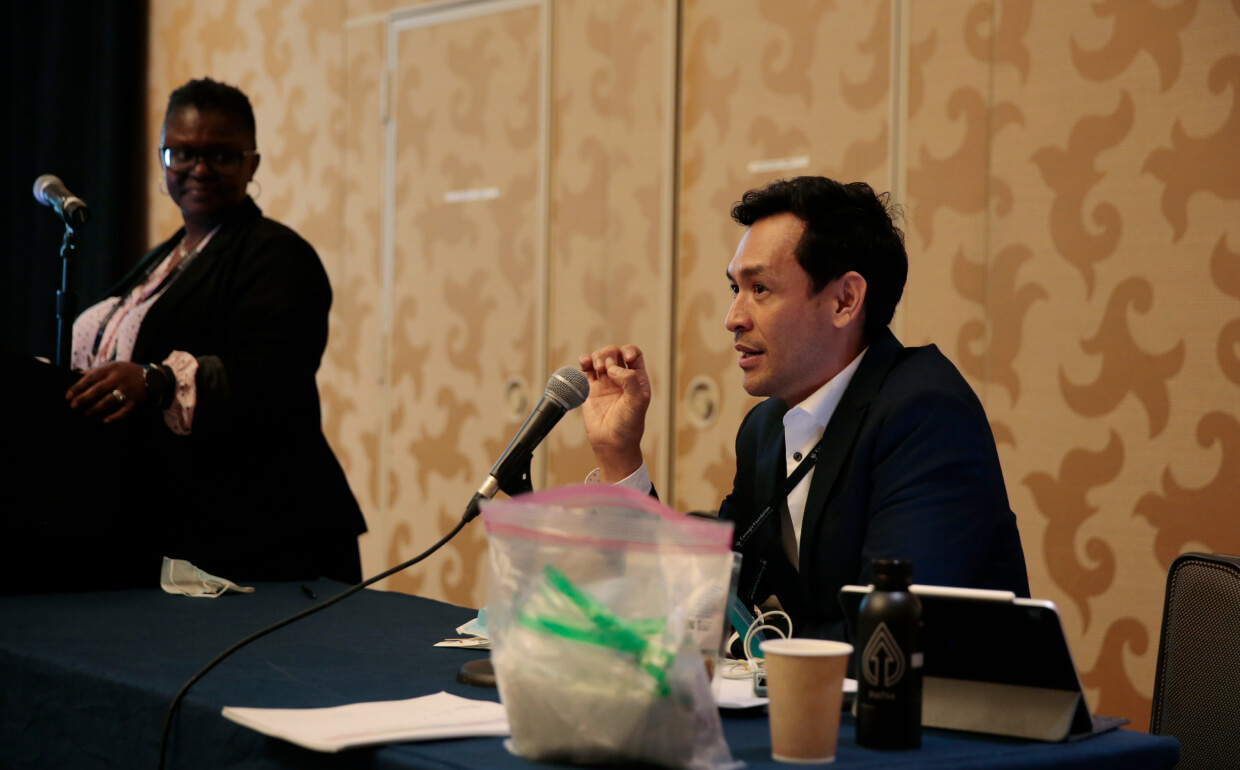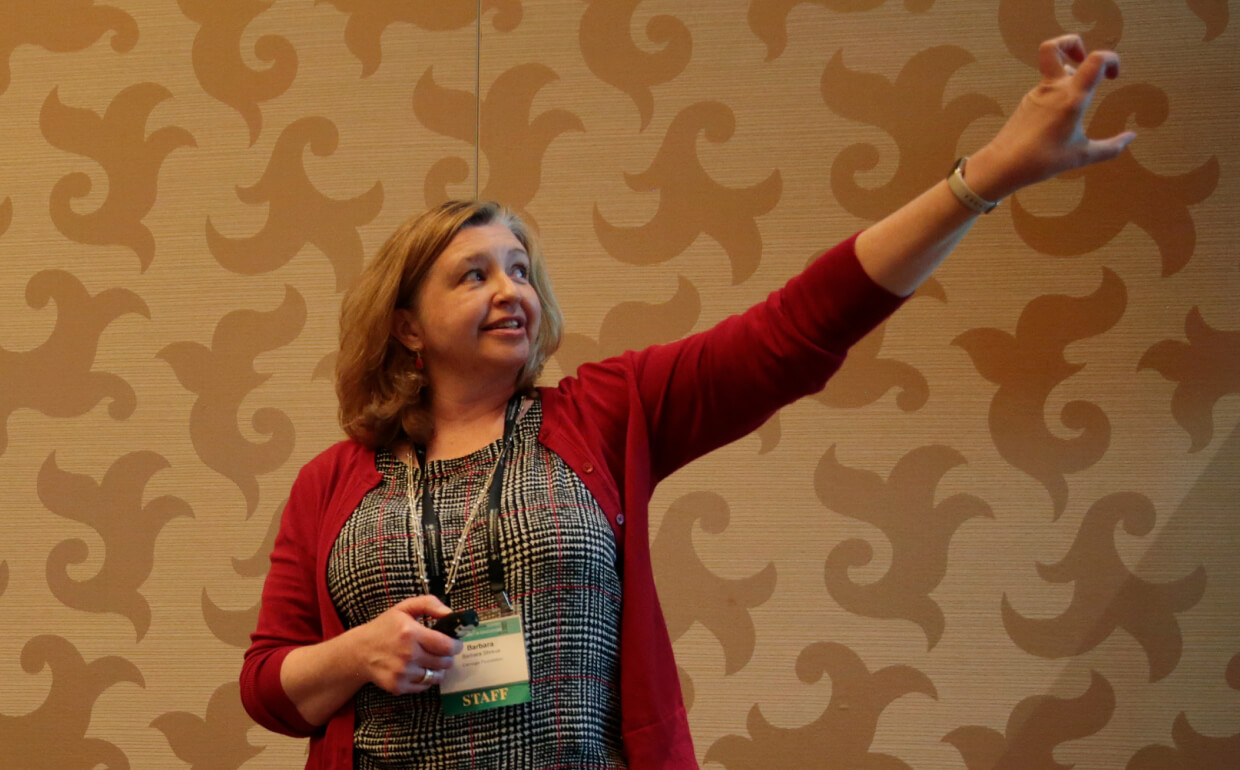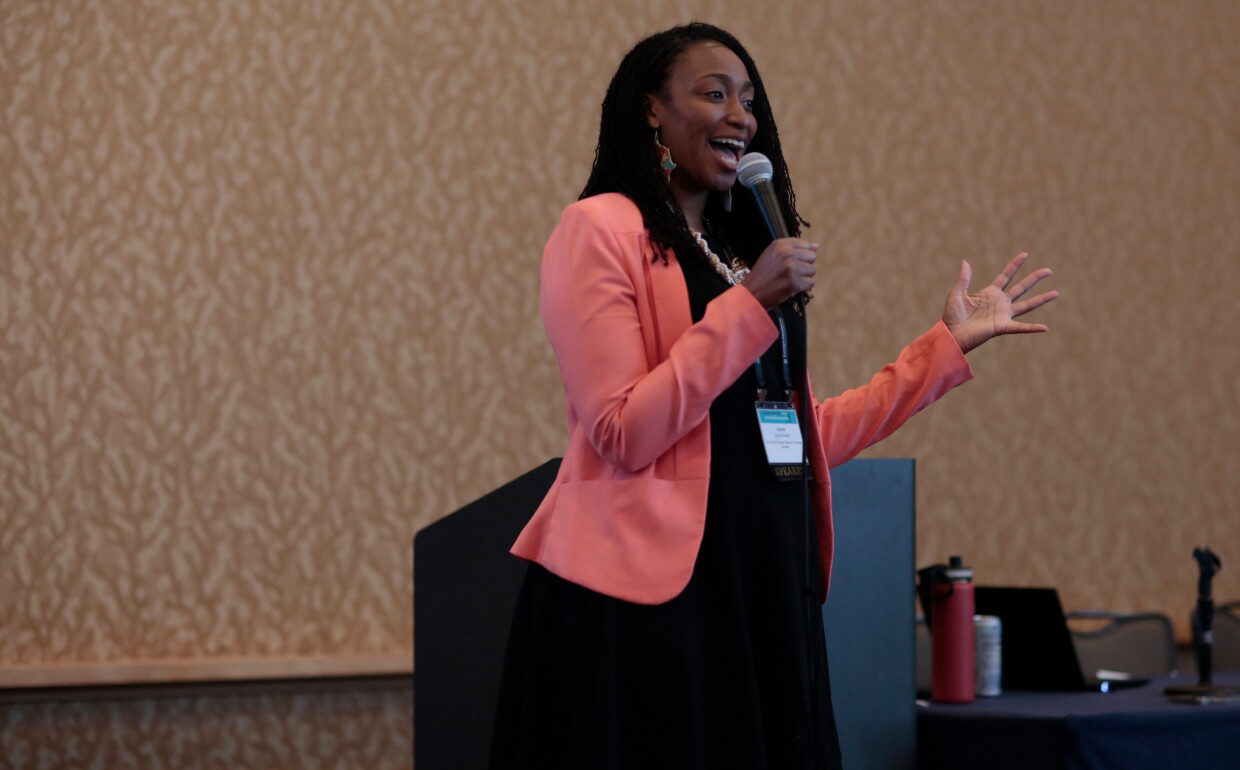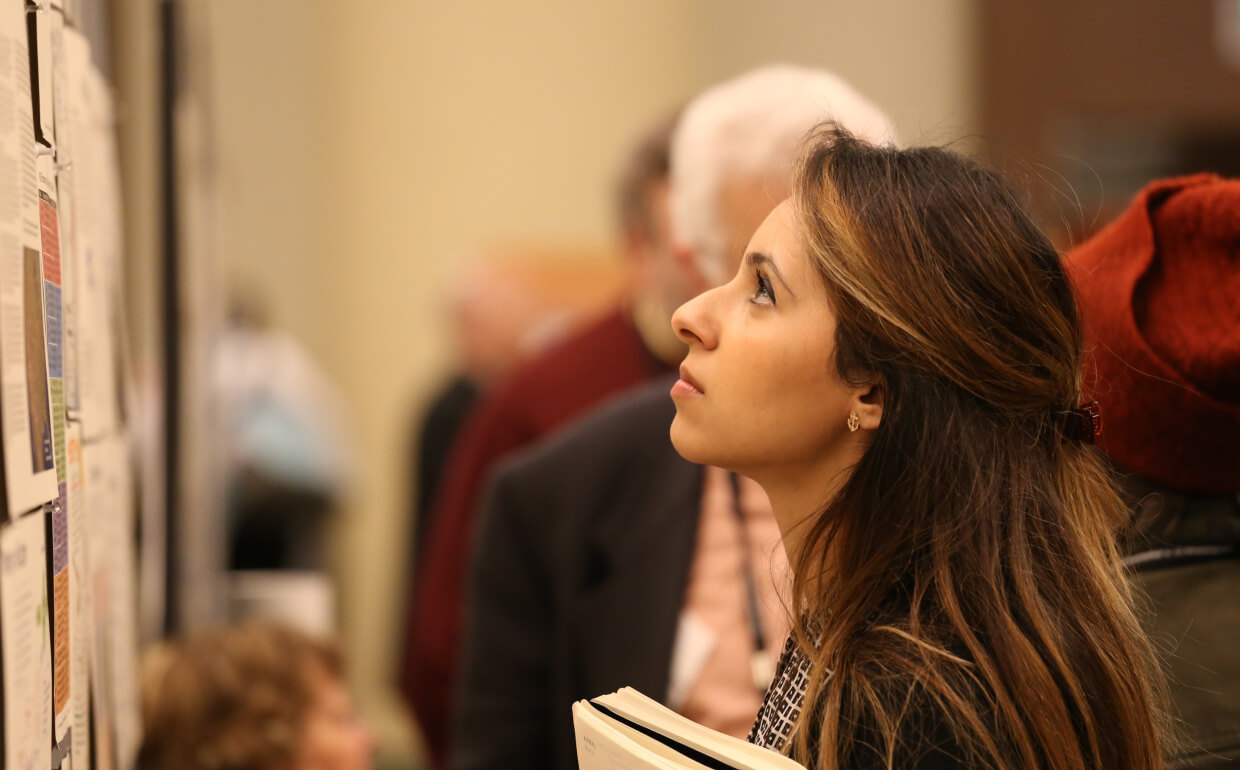Resources
PMI Resource Library
Examples of Practical Measures
This resource includes several examples of practical measures that have been used to support a range of improvement efforts. We present these examples to highlight both the technical aspects of developing and implementing a practical measure as well as key social processes. Each example demonstrates some of the characteristics of practical measures; however, none of them are “perfect.” The intention of sharing these examples is to illustrate the diversity of practical measures and their use in different contexts.
PRACTICAL MEASURE EX -1
Inclusive Classrooms Survey
PRACTICAL MEASURE EX -2
Financial Aid Application Completion
PRACTICAL MEASURE EX -3
Student Independent Writing Time
PRACTICAL MEASURE EX -4
Student Engagement Exit Ticket
PRACTICAL MEASURE EX -5
SIMPL OR
PRACTICAL MEASURE EX -6
Participation Measure
Practical Measurement Research Briefs
Like continuous improvement, the development and use of practical measurement is a journey. It is rarely linear and often comes with opportunities and challenges. Check out these stories of improvers designing, iterating, and leveraging practical measures to create change in the system. Get ready to be inspired by their experience and lessons learned.
Additional Resources
ARTICLES
Evidence for Improvement: An Integrated Analytic Approach for Supporting Networks in Education
Measurement for Improvement in Education
Branching Out – Use Measurement Trees to Determine Whether your Improvement Efforts are Paying Off
Practical Measurement for Continuous Improvement in the Classroom: A Toolkit for Educators






